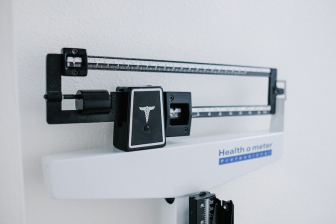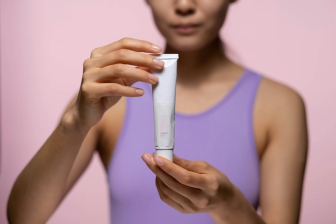What’s the difference between a brand name and a generic medicine?
Last updated: 01 November 2019

You can legally access new medicines, even if they are not approved in your country.
Learn how
A brief summary about elements that are the same and points where they may differ.

When a new medicine gets approved for use and for sale in a specific region, it’s usually given a brand name by the pharmaceutical company who discovered or developed it.
This medicine is then often protected by a patent, which means that only the pharmaceutical company holding the patent is allowed to manufacture and market the medicine. This patent is valid for a set period of time – usually around 20 years.
Once a patent has expired, other companies can copy the medicine and use the primary ingredient in their own versions. These are called generic medicines. Generic medicines need to meet the same production standards as the original version. They need to prove that they have the same dosage, reactions, effectiveness, strength, stability, quality, and can be administered the same way.
Generic medicines may differ in shape, colour packaging and labelling. They’re also allowed to have different inactive ingredients and so they may have different flavouring or preservatives.
Any decision to use a prescription generic or brand name medicine should always be taken in consultation with a medical professional.




